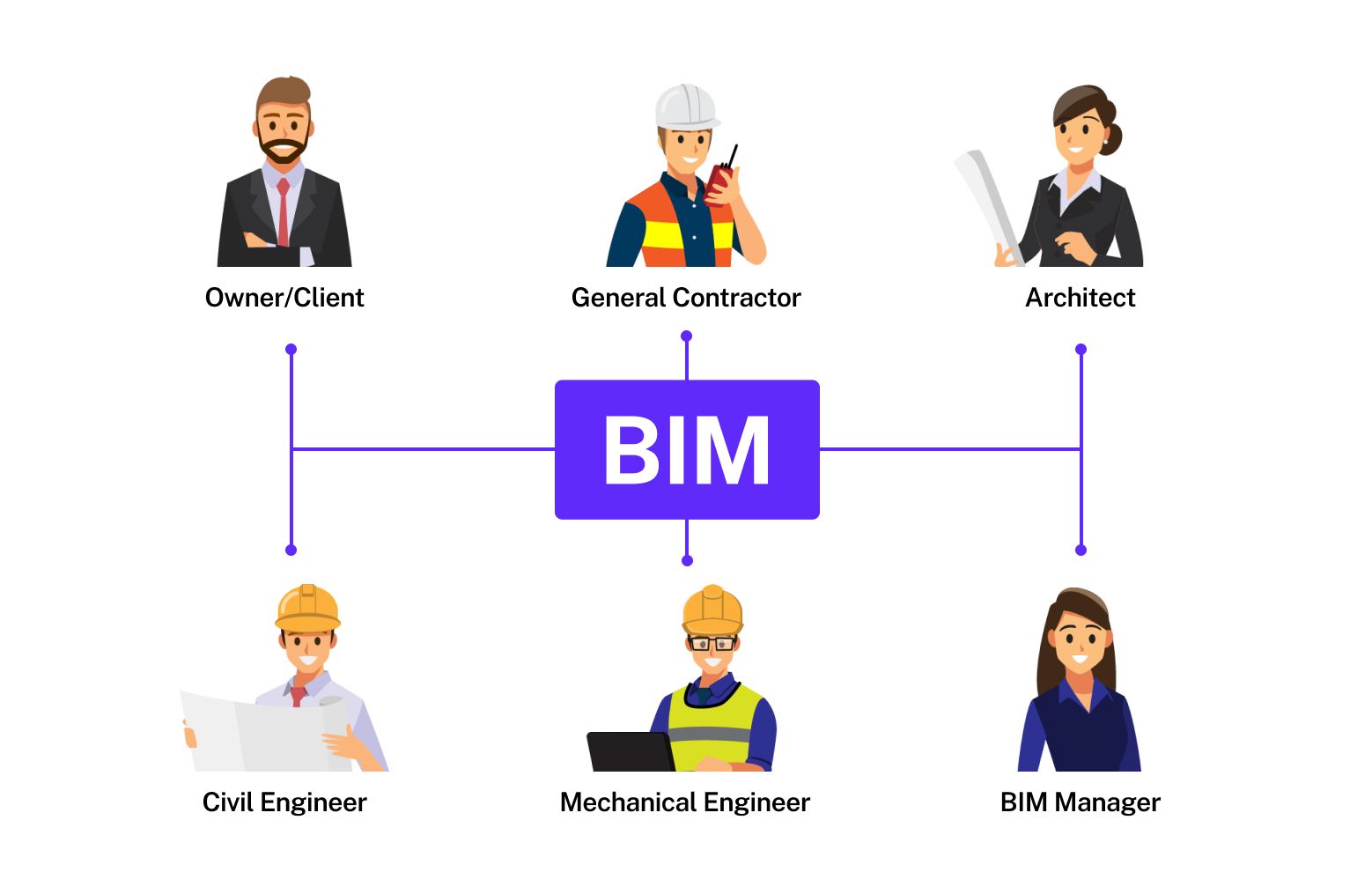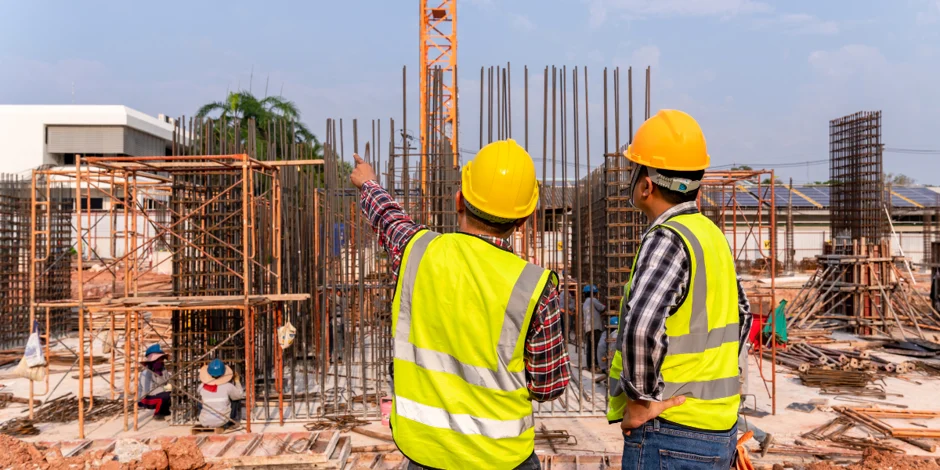Recent Improvements in Civil Engineering Technologies
Emerging technologies have led to steady shifts in the conventional methods used in civil engineering. The following are the leading technologies that, in the near future, are anticipated to completely transform the civil engineering sector:
BIM, or building information modeling,
The intelligent 3D modeling method known as BIM makes it easier to organize, plan, and oversee building projects. With the help of this approach, building professionals may provide an all-encompassing picture of a structure’s evolution even before construction begins. Geometric, functional, and spatial details of every aspect of the building are all included in the BIM.
Advanced Robotics
In the field of civil engineering, robotics is predicted to be extremely important. Drones, crawlers, and hydraulic manipulators are examples of robots that help construction workers complete their tasks. Since these robots can operate in hazardous environments where humans would be unsafe, they are significantly better suited to undertake bigger and more complicated projects, particularly in hazardous or isolated places.
3D printing is a cutting-edge technology that offers a more affordable alternative for building structure construction. Compared to conventional construction methods, 3D printing expedites and greatly improves the efficiency of the process.
Civil Engineering Trends
In addition to new technologies, the civil engineering sector is also being shaped by a number of developments. The following are the top trends to look out for:
- Sustainable building: As time goes on, sustainable building will continue to pick up steam, as it has in recent years. Because sustainable building practices prioritize resource conservation and energy efficiency in their design, they lessen a project’s environmental impact and carbon footprint.
- Modular Construction: This method of off-site fabrication is utilized to make parts that are then put together on-site. The method is very effective; it can cut a project’s usual timetable by as much as fifty percent.
- Smart Buildings: With sensors that measure various parameters, smart building technology is expected to proliferate in the next few years.
- Smart Structures With sensors that monitor everything from environmental conditions to building utilization, smart building technology is expected to proliferate in the years to come. To minimize energy use, lower operating costs, and enhance occupant comfort, the operators gather and handle data.
- Planning with Human Health and Welfare in Mind: The emphasis now is on designing buildings that support the health and well-being of their occupants. The incorporation of factors such as natural
Civil Engineering’s Future
- Civil engineering has a highly promising future because the sector is always adopting and creating new trends and technologies. Without a doubt, our industry will advance with technology and adjust to our shifting surroundings. Here are a few things to think about:
- Considerably less of an impact on the environment as a result of sustainable building techniques.
- More automated and digitalized construction procedures that are more efficient.
- Improved infrastructure and urban planning.
The outcome
Like other businesses, the civil engineering sector is changing quickly in response to new technological advancements and environmental risks. Engineers have the ability to contribute to the creation of a sustainable future for future generations through the application of novel technology and creative approaches. To be competitive and contribute to a sustainable built environment, civil engineers must be flexible, eager to learn, and ready to incorporate new technologies and trends into their work.





